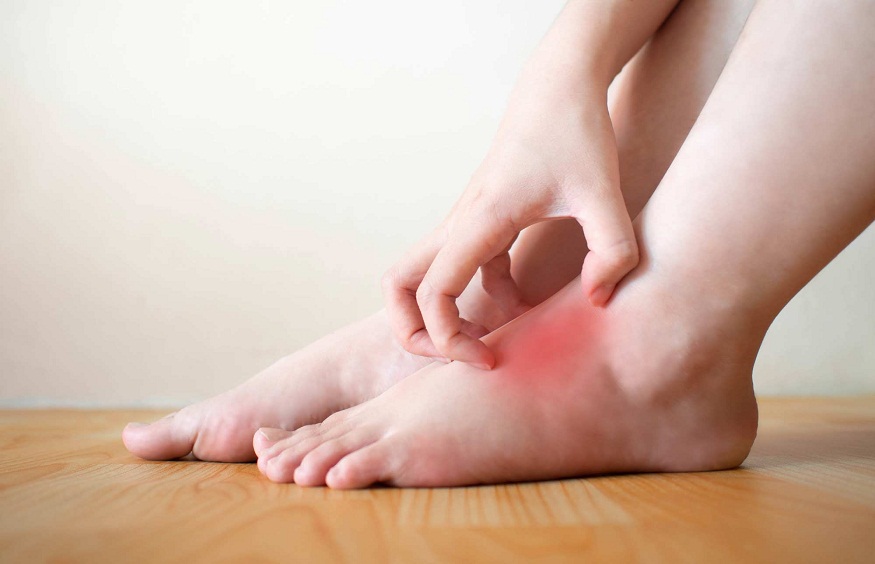Type 1 Diabetes: A Comprehensive Guide to Prevention and Treatment
3 min read
Diabetes is a chronic illness that results in a person’s blood sugar levels becoming elevated. Insulin, which is made by the pancreas, regulates the level of glucose in the bloodstream. Different factors, such as genetic and specific viruses, can result in type 1 diabetes. Even though type 1 diabetes typically shows up in children or teenagers, it can also manifest in adults. So, what is type 1 diabetes? In essence, it is an autoimmune condition where the body’s immune system mistakenly attacks insulin-producing cells in the pancreas.
Despite extensive research efforts, a cure for type 1 diabetes has not been found. Treatment aims to control blood sugar levels by using insulin, diet, and lifestyle changes to avoid complications. It is crucial to be diagnosed with diabetes promptly, as it will worsen if not treated. If you are experiencing symptoms like increased thirst, frequent urination, and unexplained weight loss, it is recommended to consult your GP for further evaluation.
Symptoms of Type 1 Diabetes
The absence of insulin causes high glucose levels in your body, leading to diabetes symptoms as muscles are unable to use glucose for energy. High levels of blood glucose can lead to the excretion of glucose in urine thus causing dehydration. Here are the common signs of Type 1 Diabetes:
- Experiencing a strong sensation of thirst
- Urinating frequently, especially during nighttime
- Constantly feeling extremely exhausted
- Loss of weight and decrease in muscle mass
- Chronic infections, such as thrush
Symptoms of type 1 diabetes tend to manifest rapidly in young individuals, often within hours or days. Symptoms in adults typically take longer to manifest, sometimes over a few days or weeks.
Causes of Type 1 Diabetes
Type 1 diabetes occurs when the immune system wrongly identifies the cells in the pancreas as dangerous and begins to attack them.Lack of insulin leads to the breakdown of body fat and muscle, causing weight loss, this could result in a severe, temporary illness known as diabetic ketoacidosis. This occurs when the blood pH drops, leading to excessive ketone levels in the bloodstream and severe dehydration. This leads to the body’s inability to generate insulin, which is necessary to transfer glucose from the blood into cells for energy, this condition is known as type 1 diabetes.
Treatment of Type 1 Diabetes
Prompt detection of type 1 diabetes is essential, as it can be fatal if not addressed. Even though there is no cure for diabetes, treatment aims to keep blood sugar levels regular and control symptoms to prevent future health problems. After diagnosis, you will be directed to a diabetes care team for specialized assistance, including instructions on consistent insulin injections to manage blood sugar levels.
Many patients require a mix of various insulin varieties and can learn to correlate insulin amounts with the consumption of carbohydrates, physical activity, and blood sugar levels. A continuous insulin pump can sometimes deliver rapid-acting insulin through a small device placed under the skin. Only a small number of patients have access to options like islet cell transplantation or a whole pancreas transplant.
Bottom Line
There is currently no method known to prevent type 1 diabetes. However, scientists are focusing on stopping the disease or additional harm to the islet cells in individuals who have recently been diagnosed. Inquire with your provider to see if you qualify for any of these clinical trials, and carefully consider the potential risks and benefits of any treatment in a trial.







